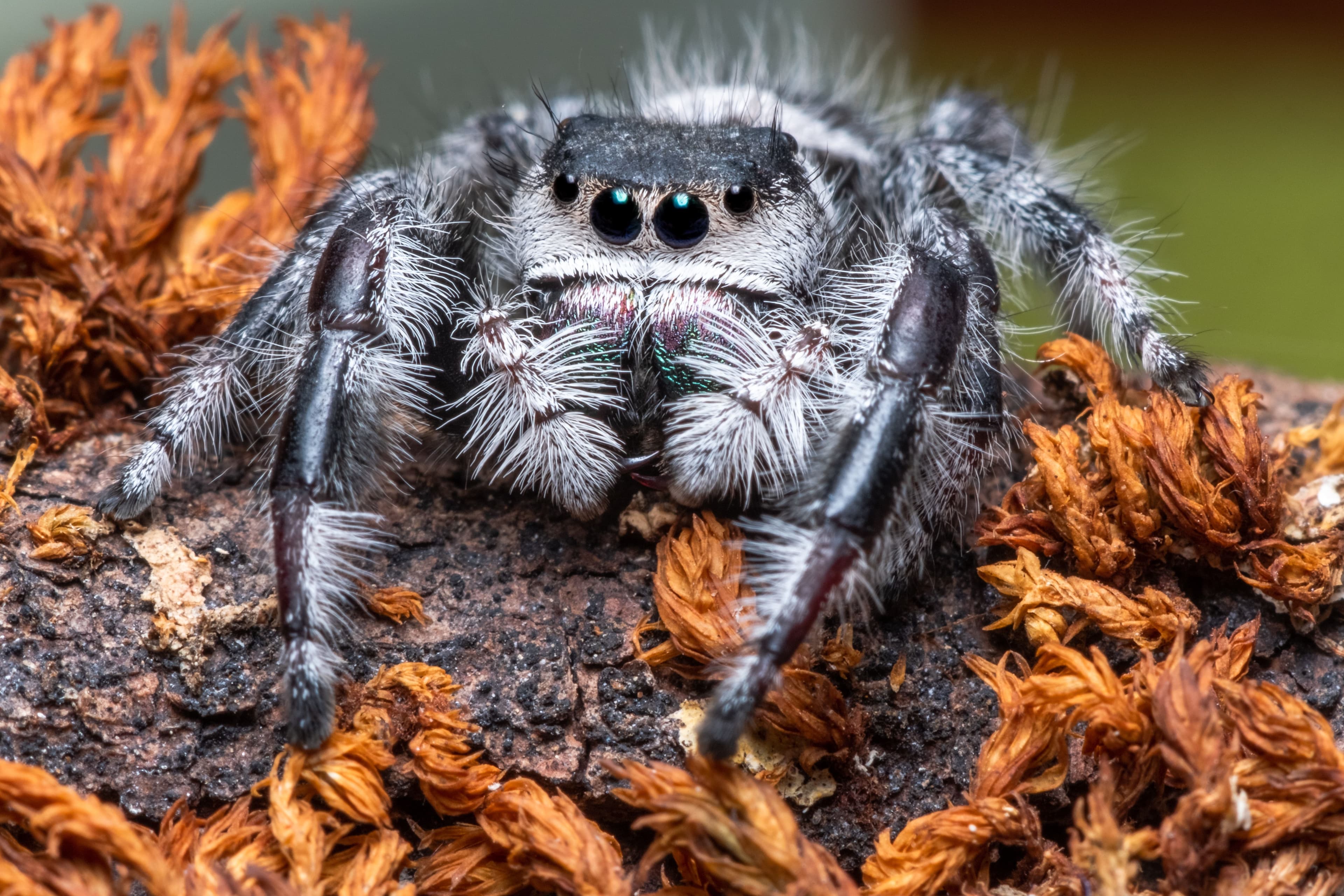August 24, 2023
•
5 min read
Dangerous Bugs in Mexico
Learn which are the most dangerous insects in Mexico, where you'll find them, and what to do if you get bitten by one. Click here to learn more!
Rafael Bracho
Insurance Expert
Introduction:
Dangerous Bugs in Mexico
If you’re reading this, I assume you live in Mexico—or you’re gonna be in Mexico soon at least–so, congratulations! The food, the music, the lifestyle, it’s all worth it. The only problem? The bugs.
Yes. Every country has bugs, but Mexico has more than most. Don’t worry, you’re unlikely to suffer any lasting effects. In this article, we'll teach you which insects are dangerous in Mexico, and which are safe. Also, you’ll learn what preventative measures you can take to protect yourself, and what to do in case you do get bitten or stung by a bug in Mexico.
Of course, the best preventative measure you can take is to get expat health insurance. (Click here for a free quote.) The last thing you want is to be bitten by a poisonous spider or stung by a scorpion when you’re in Mexico and then run around to three clinics hoping you find one with the right antivenom. You want to get rushed to a hospital.
At Expat Insurance, we save lives. Click here to learn more.
First, A Personal Note
Dangerous Bugs in Mexico
I have a cockroach phobia. I’m not just afraid of cockroaches. Trust me, it’s an actual phobia. So, I understand what it’s like to be petrified of an insect.
If you can’t do any of these recommendations—whether or not we recommend killing it, trapping it and putting it outside, hiring a professional, ultimately, it’s up to you to decide what you think is best, and what you can handle. We understand how tough it can be to face your fears.
Which Bugs Are Safe in Mexico
Dangerous Bugs in Mexico
Vinagrillos
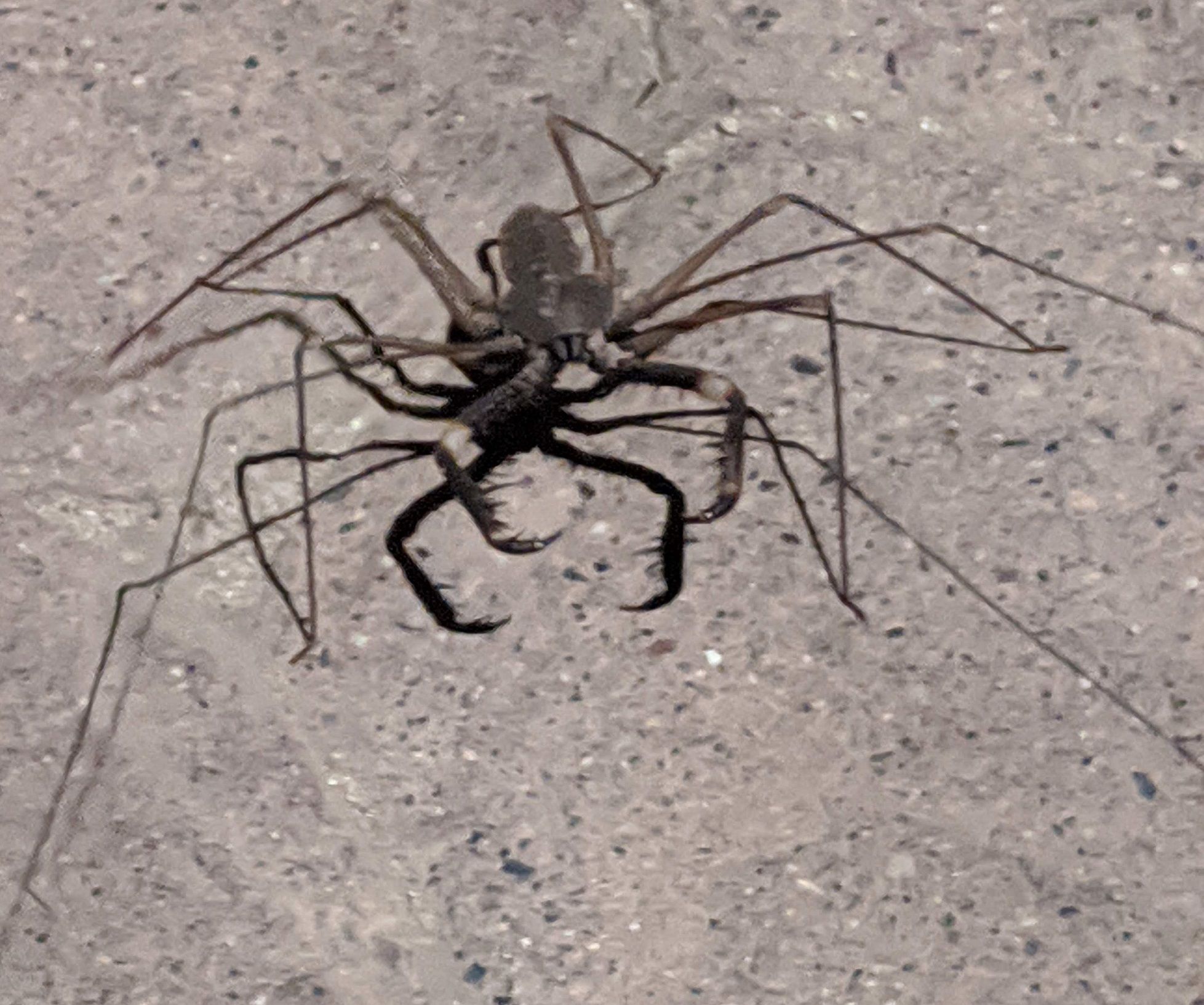
I recently encountered vinagrillos for the first time. If you ever watched Babylon 5, they look like a shadow vessel. Vinagrillos look like a scorpion—in fact they’re known as tailless whip scorpions—but they’re technically spiders. They’re called vinagrillos, coming from the root “vinagre”, because people think they release a vinegary smell when they’re squished, but technically they’re amblypygi.
Vinagrillos are perfectly safe, though they are huge. They are predators, and they eat a lot of bugs, like smaller spiders, cockroaches, and even scorpions—so they’re on my side as far as I’m concerned. They’re also fairly rare. I went years in Mexico before seeing one. I saw one the other day with a thorax that looked like a freakin’ plum though, so, be warned. It looks mean.
Ants

There are over a thousand different species of ants in Mexico (some estimates say closer to 2,000) from little tiny ones to great big ones, and they serve an integral role in the country’s ecosystem. Most ants that you encounter will be harmless. (We’ll get to that in the coming sections.)
Ants are one of the most varied species on the planet, from leaf cutters to ants that have a natural parachute on their heads to float from treetops down to the surface. In the end, ants in Mexico are most commonly pests that can infest food or destroy your chile plants, but they aren’t harmful to you in any way. A simple bug spray would take care of them if you really can’t stand ants in your home, but keeping food in sealed containers often takes care of ant infestations.
Spiders

SpiderID has documented 27 different types of spiders in Mexico. Some spiders are common, others are rare. Some are deadly, others are merely scary looking. This link is a really great way to identify a single type of spider—like that hairy, black, fist-sized monster in the corner of your bathroom—and then determine whether or not it’s dangerous—or if it’s endangered!
For example, the yellow garden spider, Argiope aurantia, looks mean but isn’t dangerous to human beings or pets. It’s brightly colored because it is venomous, but its venom is just a paralyzing agent used to immobilize insect prey already caught in the web. Spiders are a very important part of the ecosystem. If it isn’t dangerous to human beings or pets, then the rule of thumb should be, let it live. Spiders help to keep your house bug free!
Other examples of harmless spiders in Mexico:
- Tarantulas - There are 66 different species in Mexico. They’re endangered because there’s a thriving market for them as pets. So if you see one, please don’t kill it.
- Mexican Jumping Spider - These spiders are found everywhere, but they aren’t dangerous. Usually you’ll see them jumping away from you.
- Mexican Wandering Spider - These spiders are the size of a baseball. They live in caves in Baja California. They have a painful bite but no lasting effects, and they only bite when they feel threatened.
- Wolf Spider - This spider is about 3” long, often looks like a smaller tarantula. Only bites if provoked. Keeps pest populations down.
Dragonflies, Damselflies, and Butterflies

47 different types of dragonflies have been identified in Mexico. Dragonflies are not dangerous. If they feel threatened, they can bite, but their bite won’t break human skin. They rarely go indoors and they’re pretty in a garden experience. So just sit back and enjoy their presence.
The same goes for butterflies—as you likely know. They’re safe and gorgeous, so butterflies are something to be protected. Mexico is a mecca for butterfly fans. There are 2,045 different types of butterflies in Mexico. Click here for a complete list. God bless Wikipedia. And you can read our entire article on monarch butterflies if you click here. It’s a great article too.
Cockroaches (I'm not even going to put a photo)
Vile creatures. I can’t stand them. You know what the worst part is? It’s not the hairy legs or the bone-white ribbed belly; nor that they thrive and breed in the darkest, most disgusting places and only come out at night—not even that they f-ing FLY at you. It’s the yellow band around their heads, like they’re wearing a tie to look nice while they’re doing it!
I understand that cockroaches have a close-knit family structure, high intelligence and memory, and they cooperate well together in a highly-structured, egalitarian society. Did you know that it takes 600 days for a cockroach to grow to full size? That means the full-grown cockroach you see by your dumpster was likely 2+ years old—and they’ve existed on this planet for 280 million years. That’s older than the dinosaurs. So I get it.
But if I see them as the embodiment of everything disgusting in the world, sue me.
Which Bugs Are Dangerous in Mexico
Dangerous Bugs in Mexico
Scorpion

There are 281 different types of scorpions and they’re among the most feared insects in Mexico, but they aren’t the most dangerous. Scorpions in Mexico come in three basic colors: black, brown, and yellow. Black and brown scorpions aren’t that dangerous, but their stings are painful.
The yellow ones are the really dangerous ones—though they’re unlikely to be fatal. The yellow ones are called centruroides. Of the eight species of scorpion that are on the list of public health risks, all of them are centruroides. Nevertheless, if any scorpion should sting you, you should go see a doctor. Don’t worry, it’s not common for a scorpion to sting.
Spiders (Dangerous Ones)
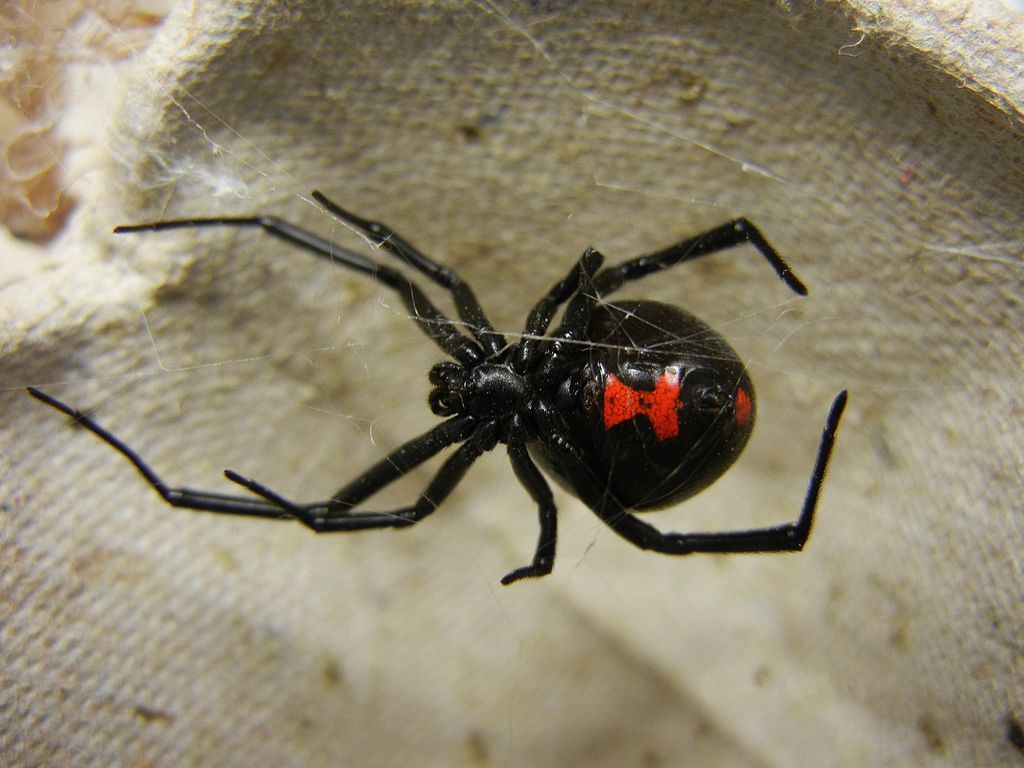
We’ve already covered a lot of safe spiders, but there are some dangerous spiders in Mexico. The rule of thumb is they’re more afraid of you than you are of them. That said, I’ve always had at least one small dog, so I get it. You have to keep your pets safe by any means necessary. If you find a black widow nest, you might want to call an exterminator. We’ll cover that at the end of this article.
- Black widow spider
- Brown widow
- Brown recluse
- Hobo spider
- Green Lynx spider
Avoiding A Scorpion and Spider Bite:
- Don’t walk around barefoot, especially in areas with lots of plantlife
- Shake out towels before you use them if they’ve been laying on the floor
- Before putting on clothes and shoes, shake them out.
- Make sure your bedding doesn’t reach the floor, and check them before you get under the covers
- Don’t try to step on scorpions if you see them. Instead trap them in a glass, then slide a piece of paper under it, and put them outside
How to Treat A Spider Bite:
- Wash the area with soap and water
- Apply an antibiotic ointment
- Apply a cold compress
- Elevate the area
- Take over-the-counter pain medication
- Take over-the-counter antihistamine if it itches
- You should probably see a doctor, but definitely see a doctor if it worsens or becomes an open sore
Mosquitoes

Mosquitoes are by far the most dangerous creature in Mexico—responsible for the most deaths. It’s not actually the mosquito, but the multitude of viruses that you can get from a mosquito bite, including dengue, zika, and chikungunya.
Sadly, mosquitoes in Mexico are a fact of life. The best thing you can do is wear loose fitting clothing that covers you as much as possible. You also can apply OFF bug spray and burn different types of citronella candles. If worse comes to worst, you could use a DEET product. (Psssst, click here for our article on DEET.)
Don’t worry, it’s not jungles-of-Malaysia bad. Most beds aren’t covered in layers of mosquito netting. Still, it’s a numbers game. Prevention only goes so far, the best way to know you’re safe is to buy some form of expat insurance. (Here’s that free quote tool again.)
Fire Ants
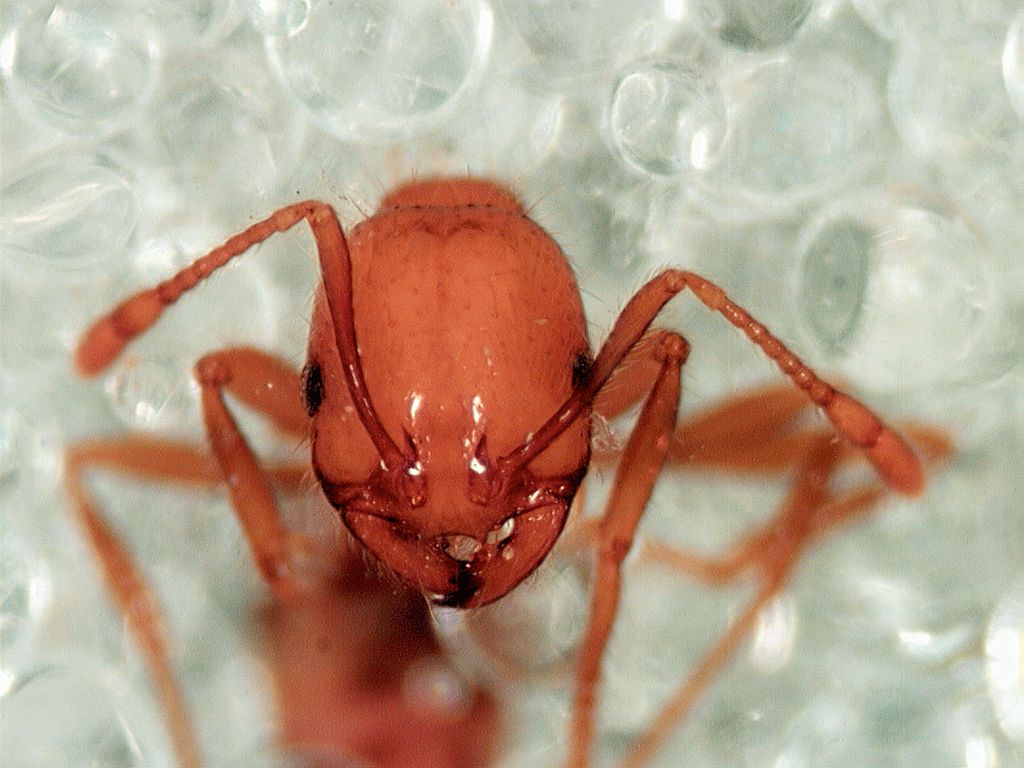
Like 13 states in the US, many Mexican states have fire ants. However, I’ve never seen one in a populated area like when I grew up in Texas in my youth. You can expect them in northern Mexico, along the border.
If you get stung by fire ants, it’s not lethal. It’s pretty painful though. Just apply a cold compress to reduce the swelling, then wash the skin with soap and water. If you have an allergic reaction, see a doctor immediately.
Flesh Eating Flies
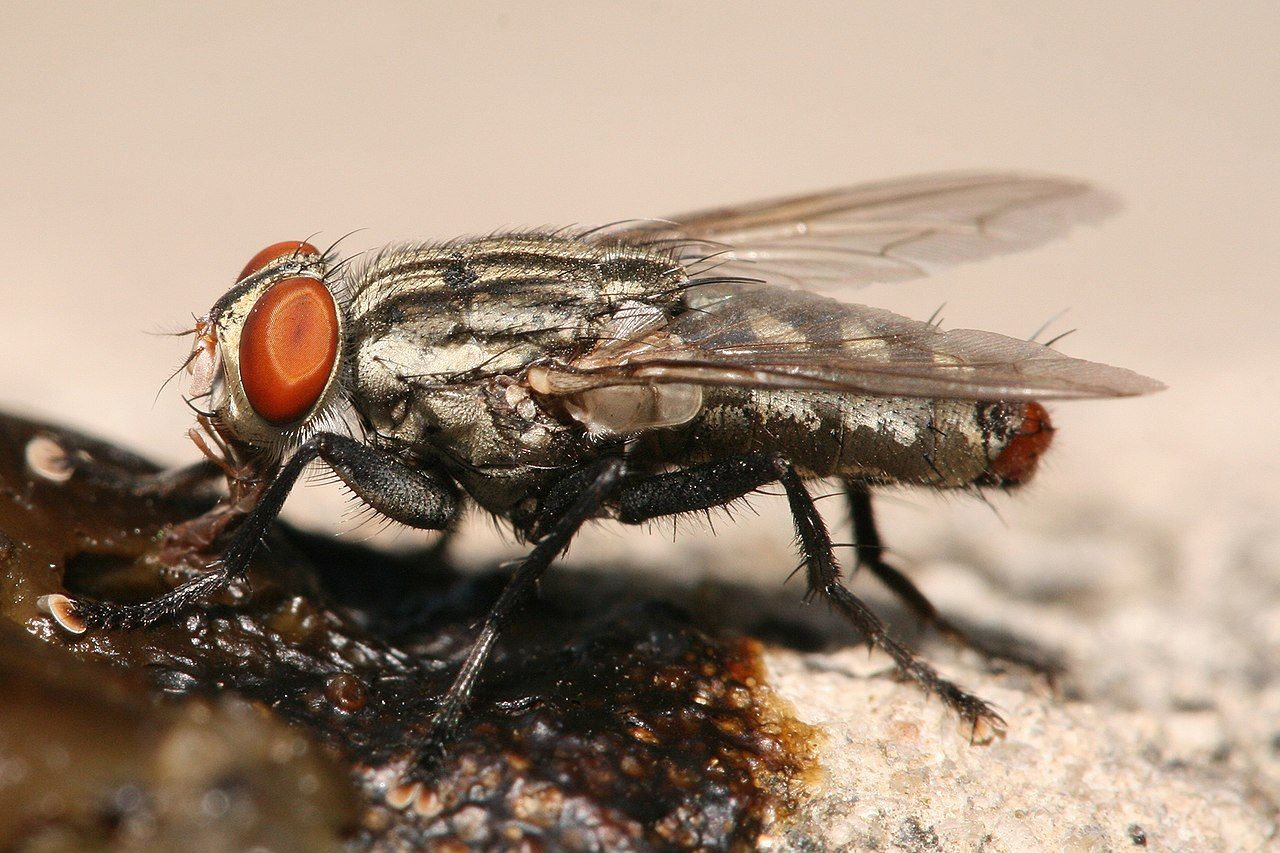
Yes, there are flesh-eating flies in Chiapas. And yes, the Mexican government has declared war on them—and even sent in the military to establish a base twenty klicks from the capital city, Tuxtla Gutierres. And, I know, I know. The flies have teeth that literally devour human flesh. But hear me out!
I’ve lived in Chiapas. It’s not like they’re zombie flies. These flies mostly bite livestock, and the Mexican government is declaring war on them because of economic losses in one of their most important markets.
Botflies

There are botflies in southern Mexico, mostly near southern Chiapas and Quintana Roo. If you’re visiting Palenque, there are some tales of botflies getting “under the skin”. I won’t get into gross details, but they inject their larvae into your skin and it grows there until it emerges. Nasty business.
I’ve never heard anyone getting them and I’ve been through Chiapas and Quintana Roo quite a bit, so I don’t think it’s super common. Just be conscious, if a fly bites you, you might want to see a dermatologist.
Kissing bug

Kissing bugs are blood sucking parasites—hence why they’re also called “vampire bugs” at times. They’re also found in southern Mexico. The real danger is that kissing bugs are carriers for chagas disease, which is potentially fatal if left untreated. If you get bitten by a bug and start to feel ill, see a doctor right away.
Caterpillars

Butterflies and caterpillars in Mexico come in countless color schemes, from snow wight to vibrant red and green. While butterflies are harmless and even beneficial, (they eat bugs, including aphids and other garden pests!) in their larval stage they can be harmful, and in rare cases, deadly. Many species have venomous spines on their back that cause a painful "burn" when they contact human skin. With so many different species, both venomous and non-, the best course of action is to never touch a caterpillar with your bare skin.
Which Bugs Destroy Property in Mexico
Dangerous Bugs in Mexico
Chicatanas and Cuatalatas
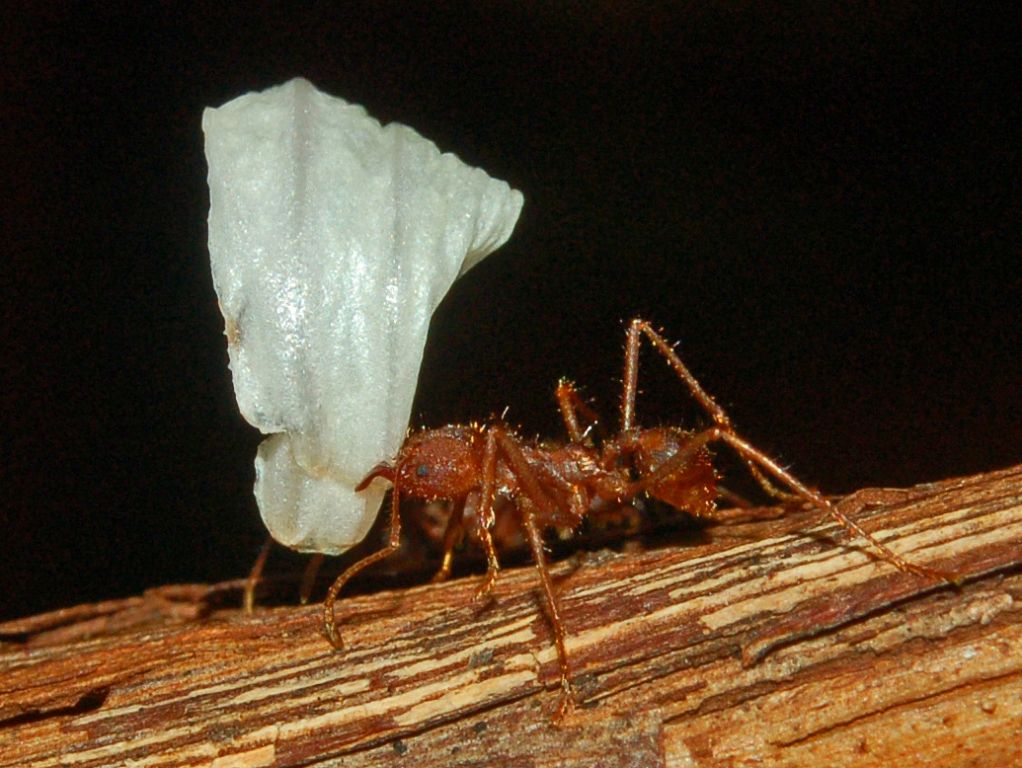
Chicatanas and cuatalatas are giant ants that destroy gardens. They are leaf cutters, and they use these leaf cuttings to actually farm a type of fungus which they consume. No matter how innovative they are, they can destroy a garden overnight. They will take down your favorite chile plants, trust me! Some preventative insecticides can deter them from your garden without any major issues.
Termites

I likely don’t have to explain to you what termites are, but they’re a type of bug that feeds on wood. They can bury in the beams of your home, slowly eating away at your property until it causes thousands of dollars of damage. If you have termites, call an extermination company right away to prevent your house from being damaged further.
Which Bugs Are Eaten in Mexico
Dangerous Bugs in Mexico

Spiders & Scorpions
Spiders and scorpions are considered a delicacy in Mexican cuisine. When it comes to spiders, most often, you’ll find tarantulas eaten. They can even be coated in chocolate. This isn’t a daily occurrence, you’ll probably see them for sale at a specialized stand in your local market.
Grasshoppers
Known as chapulines, grasshoppers are often eaten in Mexico. They are roasted, so they just become little crunchy things. They can be salted and served as keto snacks, or they can be cured in oil—don’t worry, they don’t really get soggy, but I prefer them not too greasy.
*Click here to read our article on chapulines.
Ants and Escamoles
Ants are eaten in southern Mexico, like in Chiapas and Oaxaca. Mostly, these are chicatanas and cuatalatas—the big leaf cutters that destroy gardens. It’s a difficult job because they only work at night, they have to be harvested by hand, and they fight back. That said, Mayans have been eating ants for centuries—though the practice is dwindling.
Escamoles are eaten in central and southern Mexico. Known as “land caviar”, they’re the ant eggs harvested from ant hills. Escamoles are even harder to harvest, which has driven prices of escamoles making them a Mexican delicacy only for well-off individuals.
*Click here to read our article on escamoles.
Pest Control in Mexico
Dangerous Bugs in Mexico
How to call an exterminator in Mexico
- Cockroach infestation
Type “exterminador de cucarachas en [name of your city]”
- Termite infestation
Type “exterminador de termitas en [name of your city]”
- Scorpion infestation
Type “exterminador de alacranes en [name of your city]”
- Dangerous spider infestation
Type “exterminador de arañas en [name of your city]”
- Ant infestation
If you have an ant infestation, you might want to specify which ant you have, whether they’re fire ants (hormigas de fuego) or chicatanas/cuatalatas.
- If you have fire ants, type “exterminador de hormigas de fuego en [name of your city]”
- If you have cuatalatas or chicatanas in your garden, type “exterminador de hormigas en [name of your city]”
Conclusion
Dangerous Bugs in Mexico
Sure, there are lots of bugs in Mexico, but there are few dangerous insects in Mexico. If you’re in the touristic areas of a nice colonial pueblo, you don’t have to worry about botflies for example. If you’re into forgotten ruins and jungle adventure, that’s when you have to worry.
You may occasionally find a dangerous spider or scorpion, but the real danger is mosquitoes. They are the silent killer because of the viruses they can carry, and the potential for complications resulting from those innocent, itchy bites. The best thing you can do to protect yourself and your loved ones is to get expat health insurance today.
Rafael Bracho
Insurance Expert & Writer
For several years, Rafael has been crafting articles to help expats and nomads in their journey abroad.
Get Protected While Living Abroad
Found this article helpful? Make sure you have the right insurance coverage too. Get instant quotes for international health, life, and travel insurance.
Takes 2 minutes • Compare multiple providers • Expert advice

